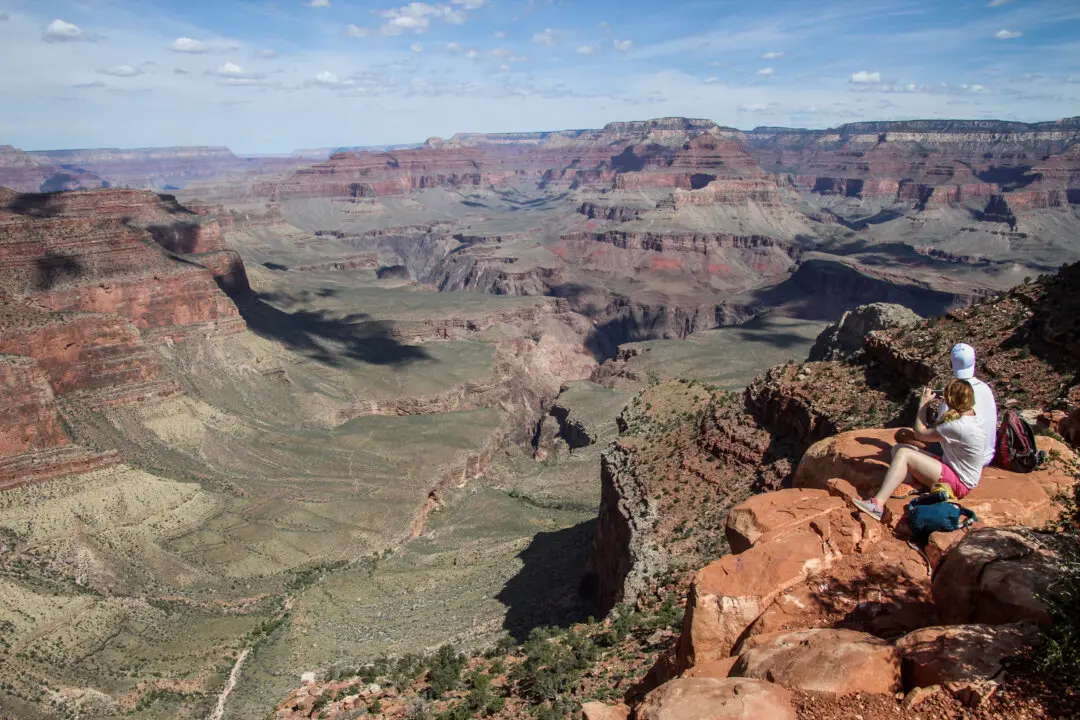One of the leaders of the main migrant caravan working its way north through Mexico to the United States said that their demand of Mexican authorities to provide transportation for exhausted migrants has failed.
After rejecting the Mexican government’s offer of identification documents, jobs, and education that could lead to a permanent situation for the migrants, organizers told officials they wanted the government to provide free buses so the group could quickly reach Mexico City and keep the caravan from dwindling as some migrants have become too tired to press on.




